Bond Street continues to drive UK luxury fashion retail in spite of Brexit confusion
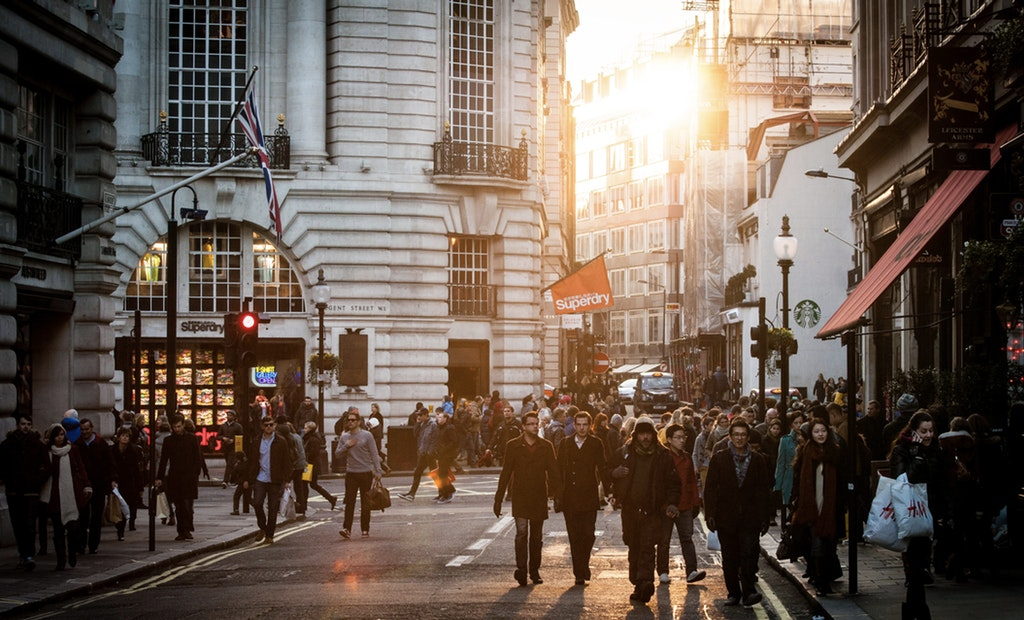
Brexit-induced uncertainty is affecting numerous sectors of the British economy, but, according to the latest data, luxury fashion retail seems to be one of the few that didn’t take a huge blow. Bond Street, London’s go-to destination for luxury shopping, is looking more profitable than ever, and the £10m revamp that was completed last year is expected to attract a record number of global shoppers.
Last autumn, ten luxury fashion retailers opened new shops here, including big names like Chloé and Stella McCartney, while six more refurbished their existing locations. From the public square outside Ralph Lauren to the improved pedestrian space, investors wanted to take the potential of Bond Street even further and turn it into the epicentre of London shopping, an immersive experience for locals and tourists alike.
According to NWEC, who completed the refurbishments in partnership with Westminster City Council, the turnover for Bond Street reaches a daily £3 million and annual £1 billion, which makes it one of the most iconic luxury fashion destinations in the world, along with cities like Milan, Seoul and Paris.
Bond Street is clearly one of London’s economic success stories, but what exactly drives its high profits and how is it representative of British shopping preferences?
International shoppers are key to the success of Bond Street
London attracts 30 million visitors each year and not all of them come here for the museums and landmarks. For a growing percentage of international tourists, London is an attractive destination because of the high concentration of designer stores.
Locals account for the majority of Bond Street sales (71%), but it’s international shoppers who drive the biggest profits. In fact, up to 60% of all spend is generated by tourists and part of the reason why the local council decided to start the revamp was precisely to make Bond Street more appealing for them.
One market insight from Global Blue reveals that designer fashion sales grew by 13% in October 2018 and non-EU visitors made the biggest purchases here. UAE tourists made an average transaction of £2,074, followed by those from Qatar (£1,964), and Hong Kong (£1,837). As a whole, international shoppers spent an average of £1,341 per shopping session on Bond Street. Interestingly, these numbers are expected to grow, despite the fact that international travel rates don’t look so bright.
What are the most popular luxury fashion brands in the UK?
Bond Street is home to dozens of fashion designer stores, including iconic houses such as Louis Vuitton, Chanel, and Fendi, but the preferences of British shoppers change from year to year, based on factors that don’t always include trends.
According to independent research conducted by Kelkoo, the largest pan-European e-commerce advertising and shopping comparison service, Prada is the most popular luxury fashion brand in the UK, followed by Tom Ford and Versace. However, when comparing the list of top ten high-end designers with the one from previous years and the general preferences of European shoppers, it seems that UK shoppers are taking a liking to local brands.
In a changing fashion industry that’s slowly shifting towards local and ethical shopping, Brits are starting to prefer UK-based designers as opposed to foreign ones. For example, Stella McCartney, which wasn’t even in the top 10 last year, is now a new entry as one the most popular luxury designers for women and sustainability is part of the reason why. In recent years, Stella McCartney has emerged as one of the strongest voices advocating for transparency and ethics in fashion and the store she opened recently on Bond Street stands as proof of that. From the mannequins to the walls, everything is made from recycled materials and shoppers seem to be loving this change. Last year, sales in the UK grew by 31%, making her one of the most influential British designers.
Online shoppers are changing the face of retail
Although Bond Street and online shopping may not seem to have anything in common, the evolution and trends of e-commerce have a direct influence on physical retail stores.
The modern consumer of high-end fashion isn’t necessarily interested in price. After all, there are now hundreds of modern online stores where they can buy quality designer pieces with just a few clicks. What motivates them to visit the retailer’s physical store isn’t just the desire to find a great bargain, but also the overall shopping experience – and this is where Bond Street is trying to revolutionise the way customers interact with brands in their physical stores.
London’s high-end designer stores want to focus more on the emotional dimension of shopping, attracting customers with experiences that delight all five senses. From carefully designed public spaces and airy fitting rooms to iconic store scents and bespoke customer support, luxury fashion stores are succeeding in creating their own emotional signature and clients love these value-added services.
The editorial unit

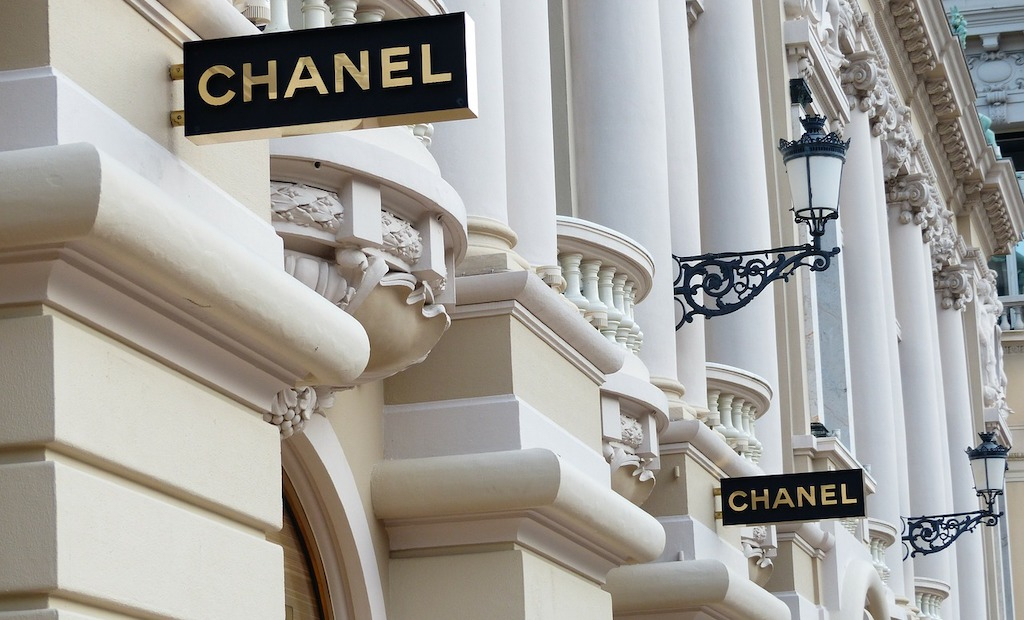







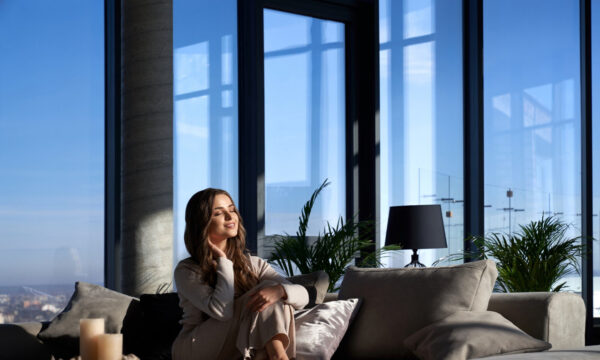

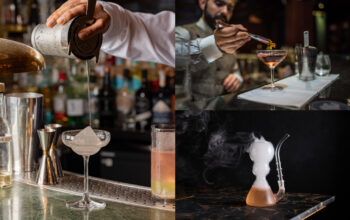





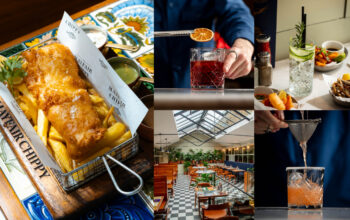





Facebook
Twitter
Instagram
YouTube
RSS